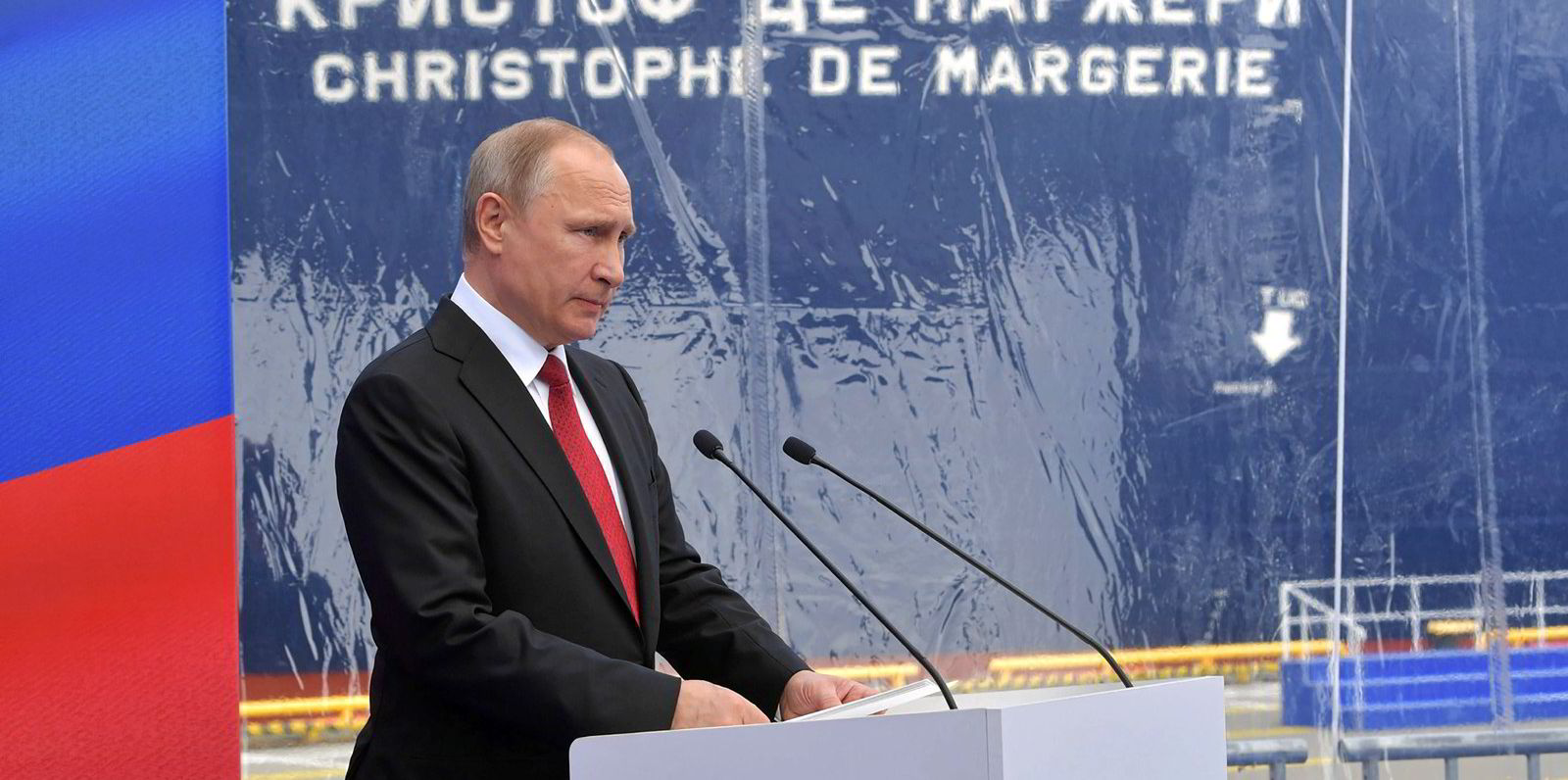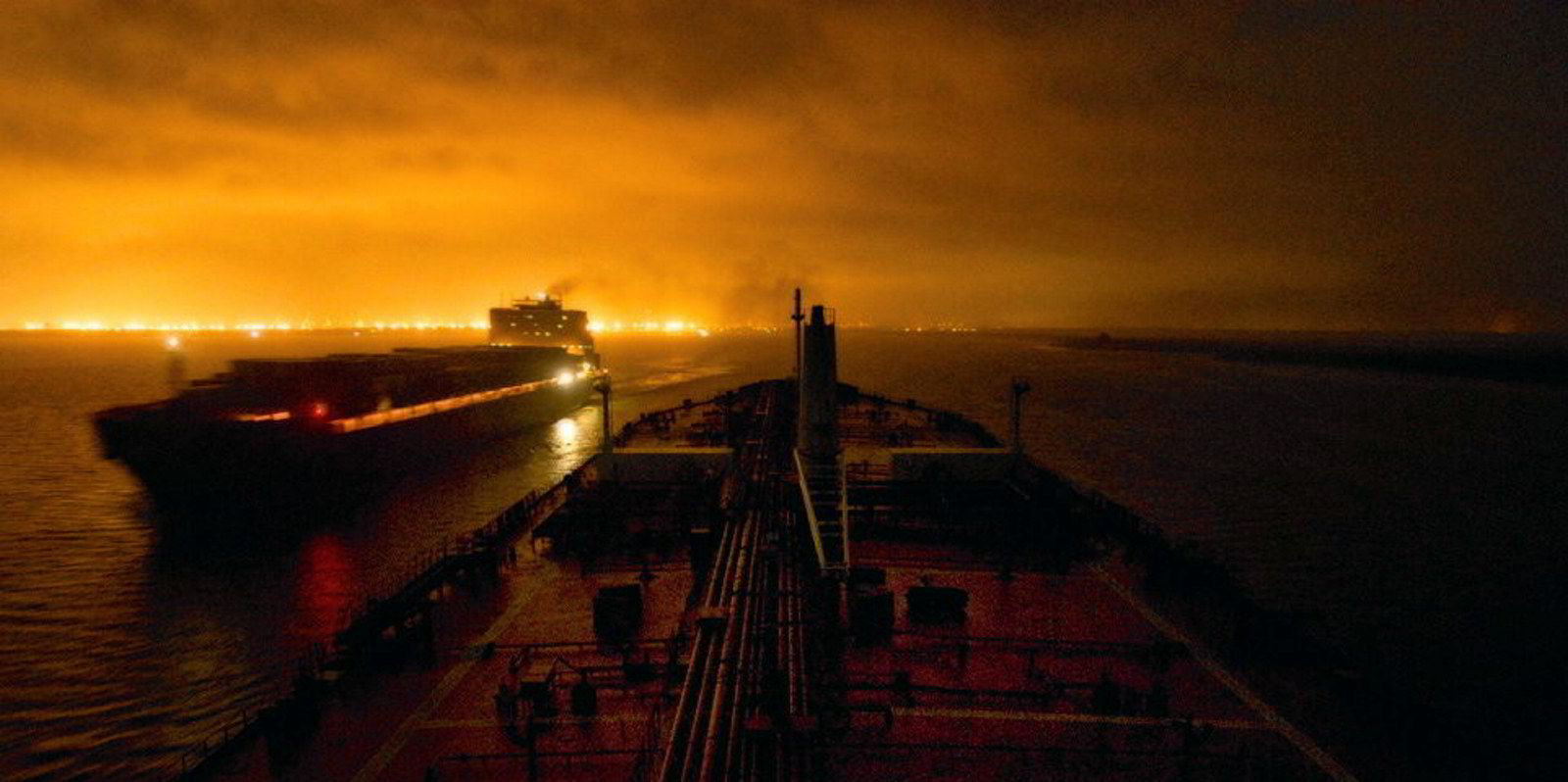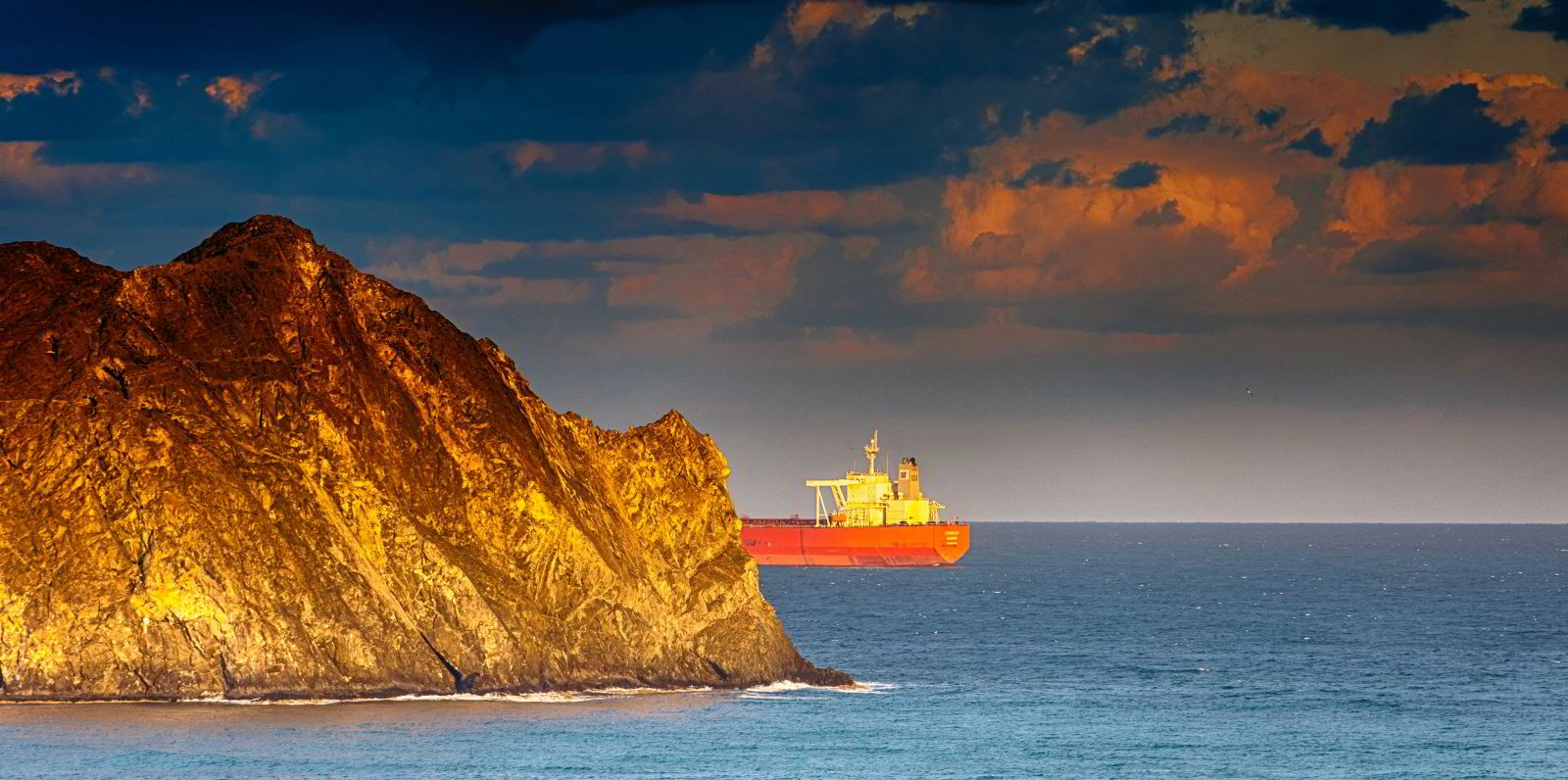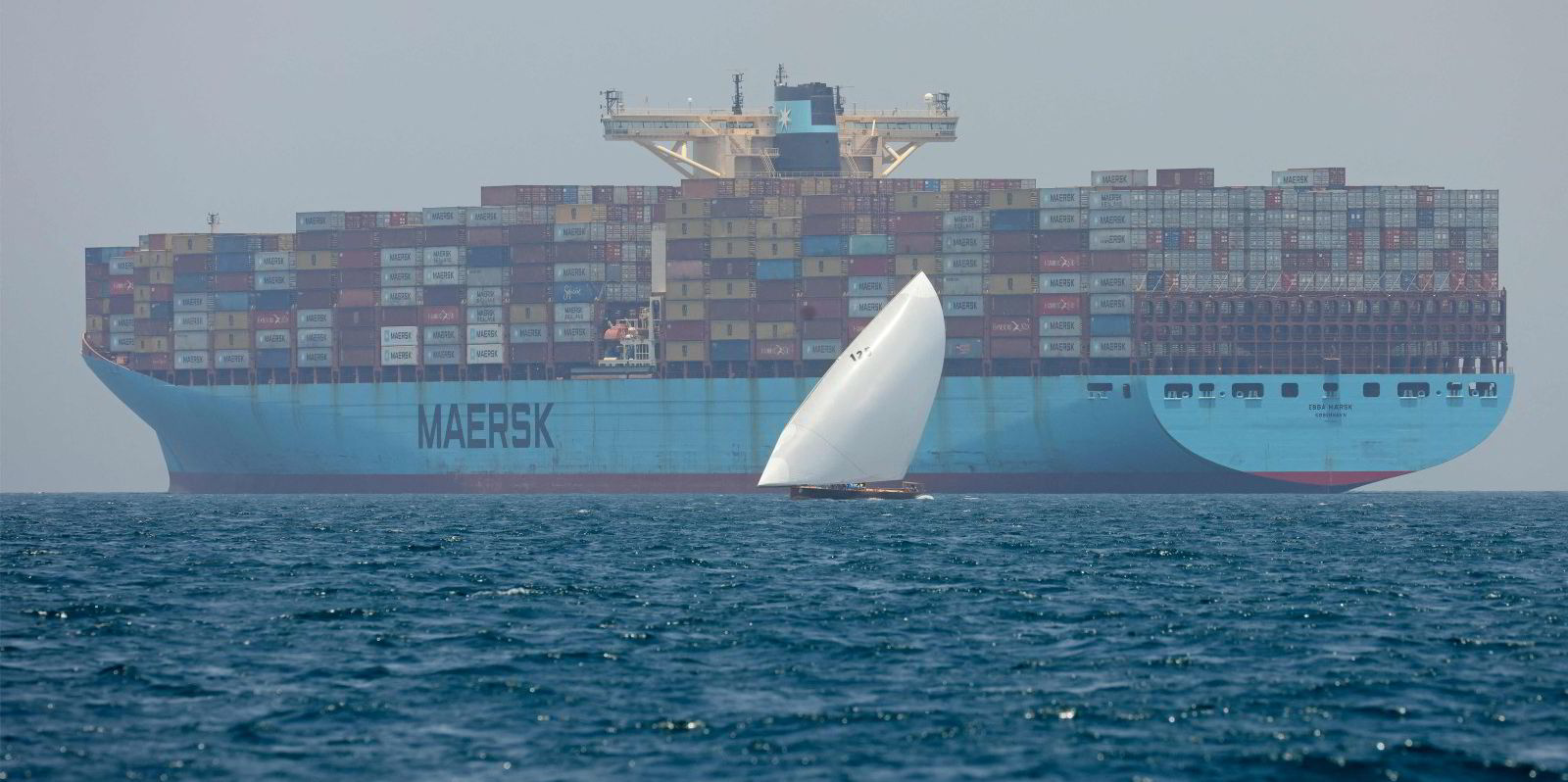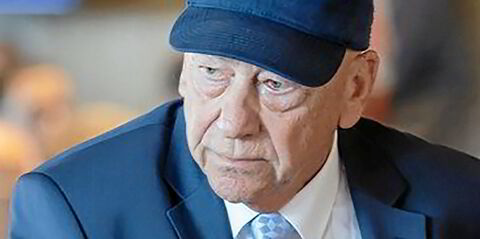Tanker broker Poten & Partners has raised safety concerns over the likelihood that Russia will increasingly rely on the dark fleet to move its oil.
Erik Broekhuizen, head of tanker research for the New York broking house, said most of the tankers involved in carrying sanctioned oil are older vessels that can rake rates that are two to three times higher than in above-board trades.
With reputable shipowners staying away, owners of dark fleet ships have purchased them specifically for the purpose of operating them in illicit trades with a view toward making their money back quickly, he wrote.
“They buy old vessels (frequently vessels that would otherwise would have been recycled) and spend the bare minimum on repairs and maintenance,” he said in a weekly note to clients.
“The illegal nature of the business makes it impossible to use reputable crew managers and arranging proper insurance is difficult as well.”
Dark fleet shipowners also frequently change the ships’ name and ownership, and they turn to flags with less strict safety rules.
“As a result of these factors, the risk that these vessels are involved in accidents is elevated and so is the potential harm that could be inflicted on the crews and the environment (in case of an oil spill),” Broekhuizen said.
Recent incidents highlight the risk, though none involved pollution.
Older tanker incidents
As TradeWinds reported on Thursday, Spanish authorities arrested the 104,000-dwt aframax tanker Linda I (built 2002) after it was seen drifting off the Algeciras coast, allegedly without reporting the situation to authorities. The Panamanian-flag vessel was carrying Russian crude.
Authorities found several deficiencies that had to be corrected before it could resume its voyage to Turkey.
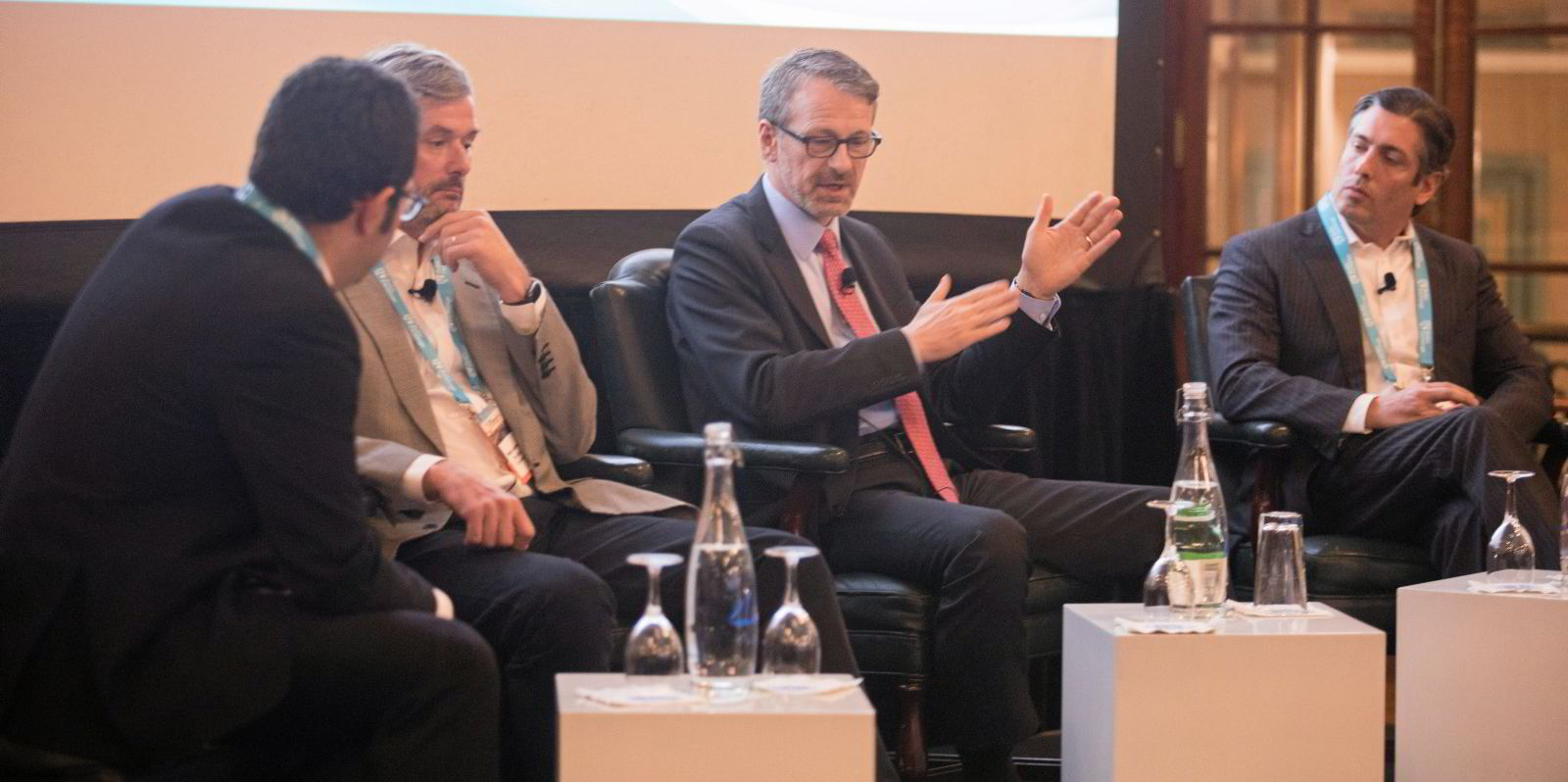
When the US Department of the Treasury added 11 tankers to its blacklist for operating in sanctioned trades on Thursday, two were involved in recent safety incidents.
Poten pointed to the 306,300-dwt Young Yong (ex-Maran Castor, built 2001), which ran aground near Takong Kecil Island off Batam City in Indonesia near a Singapore natural gas pipeline.
The Treasury’s Office of Foreign Asset Control said the Djibouti-flagged ship’s master falsified the vessel’s location data.
The incident came a year after Chinese inspectors in Rizhao slapped the ship with 13 deficiencies, including multiple navigation safety problems, Equasis data shows.
Also placed on the US blacklist was the 105,700-dwt Zephyr I (built 2002). Though the vessel was not highlighted by Poten, the 20-year-old ship was involved in a collision with a container ship in September.
Poten’s Broekhuizen said the upcoming European Union ban on imports of Russian oil and the G7’s crude price cap are likely to see the fleet in these trades grow substantially.
“In apparent anticipation of the need for a larger dark fleet, sales of secondhand tankers have been brisk this year, despite the fact that prices for older vessels have increased markedly over time,” Broekhuizen wrote.
Some 60 VLCCs older than 15 years have changed hands in 2022, in addition to 42 suezmaxes and 93 aframaxes, according to Poten.
“If Russia will start utilising more vessels from the dark fleet, the average age of their export tankers will rise dramatically and (unfortunately), so will the risk of incidents,” the analyst wrote.
